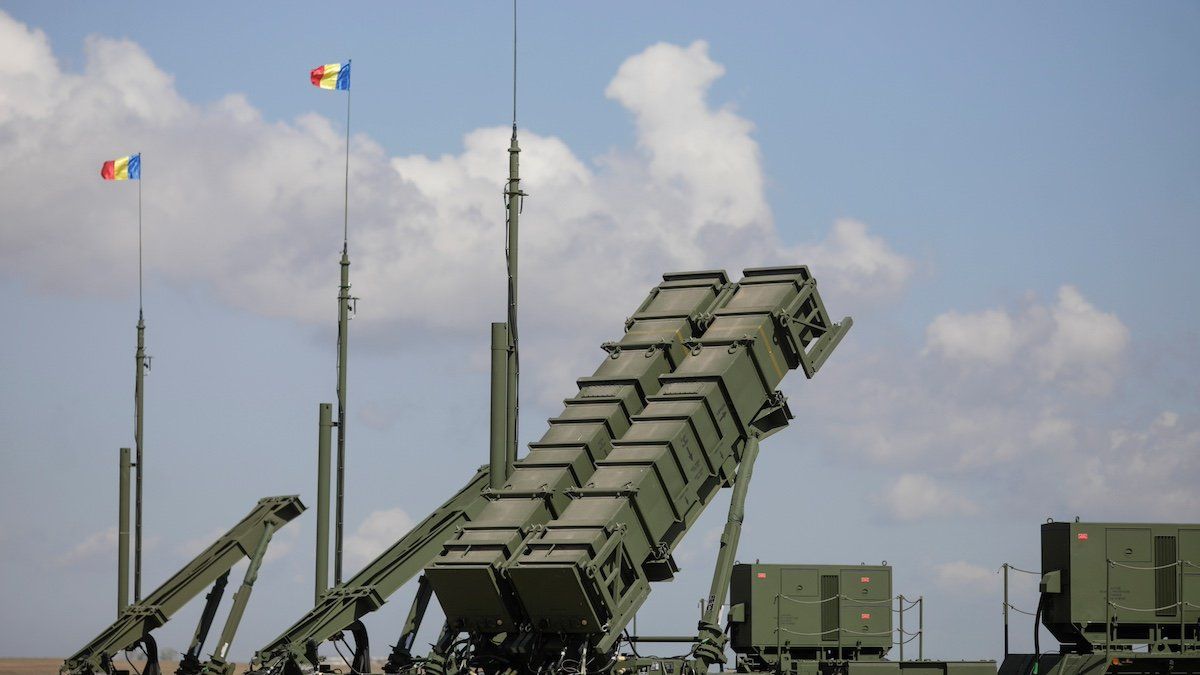The head of Europe’s largest munitions maker made headlines on Wednesday by suggesting that Europe needs a new short-range air defense shield similar to the Iron Dome system that Israel has used since 2011. The suggestion reflects two important trends.
First, European leaders fear that Vladimir Putin will only become more aggressive in his bid to test NATO’s resilience and expand Russia’s territory – and they see little reason for optimism that Putin’s successor will behave differently. At the same time, they fear a Donald Trump victory in November would inflict irrevocable damage on trust in NATO and that, even if he loses, a new American isolationism will spread.
Second, calls for a missile shield are triggering another debate in European security circles that reveals again just how divided EU leaders remain over long-term security plans. The union has agreed to establish “capabilities related to integrated European air and missile defense” by 2035. But fights over how to pay for it, which systems to invest in, and how it might be deployed continue to complicate Europe’s debate over collective defense.
